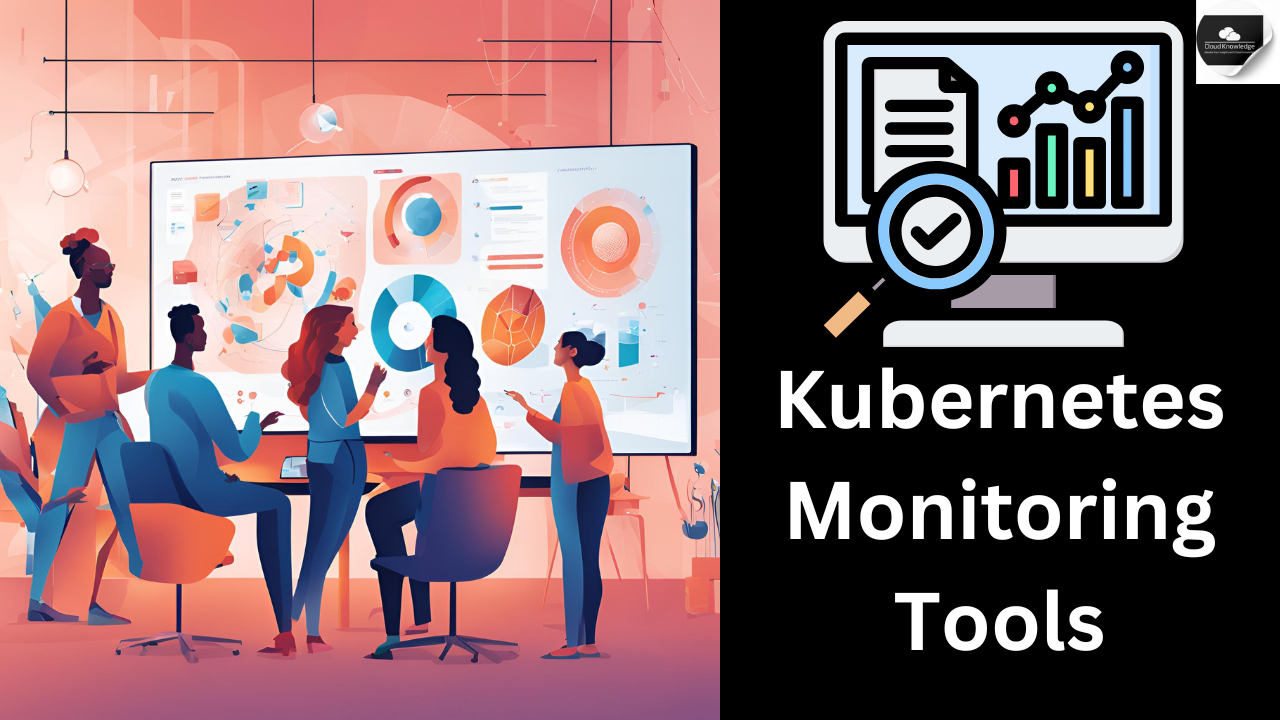Monitoring Kubernetes clusters is crucial for ensuring the smooth operation and performance of your containerized applications. In this guide, we’ll explore the top Kubernetes native tools, third-party solutions like Stackdriver, and powerful combinations such as Prometheus and Grafana. By leveraging these tools effectively, you can gain comprehensive insights into your infrastructure and application performance.
Native Kubernetes Monitoring Tools
Kubernetes comes with built-in tools for basic monitoring capabilities. These native features include:
1. Probes
Readiness Probe: Checks the health of a container before making a pod available for traffic.
Liveness Probe: Periodically monitors a pod’s health by running predefined commands. A failed probe triggers a pod restart to recover from errors.
2. cAdvisor and Heapster
cAdvisor: Monitors resource usage (CPU, memory, filesystem, and network) for all pods on a node. It provides detailed insights into individual container performance.
Heapster: Aggregates metrics from cAdvisor across the entire cluster, offering a cluster-wide view of resource usage.
3. kube-state-metrics
This tool exports cluster-level information via the Kubernetes API, such as:
Number of replicas scheduled vs. available
Number of running vs. stopped pods
Pod restart counts
While these tools are great for basic monitoring, they have limitations:
No data storage for historical analysis
Limited visualization capabilities
Lack of application-level metrics
For deeper insights, advanced tools are needed.
Stackdriver Monitoring
If you are using Google Kubernetes Engine (GKE), Stackdriver Monitoring (now part of Google Cloud Operations) is a default option for event monitoring when cloud logging is enabled. With Stackdriver, you can monitor:
Incidents
Events
CPU Usage
Disk I/O
Network Traffic
Pod Metrics
Benefits of Stackdriver
Easy-to-build dashboards for real-time cluster metrics
Seamless integration with Google Cloud products
Limitations
Customizing default settings for specific monitoring requirements can be challenging. For a more robust solution, combining Stackdriver with tools like Prometheus and Grafana is highly recommended.
Prometheus and Grafana: The Ultimate Monitoring Duo
Prometheus
Prometheus is a powerful, open-source monitoring tool developed by the Cloud Native Computing Foundation (CNCF). It supports time-series data collection, querying, and alerting. Prometheus collects metrics using the following:
Default Probes: Monitors container health and resource usage.
Annotations: Enables custom application-level metrics by exposing endpoints in a Prometheus-compatible format.
Persistent Memory: Stores historical monitoring data for long-term analysis.
Alertmanager: Sends notifications via email, Slack, or other channels based on custom rules.
Monitoring Custom Metrics
To monitor application-specific metrics (e.g., Node.js apps), you can use libraries like prom-client to expose data to Prometheus. By default, Prometheus scrapes metrics from the /metrics endpoint.
Grafana
Grafana complements Prometheus with advanced visualization capabilities. Unlike Prometheus’ basic time-series graphs, Grafana offers:
Status checks
Histograms
Pie charts
Trend analysis
Custom dashboards
Deployment on Kubernetes
Deploying Prometheus and Grafana on Kubernetes can be streamlined using Helm charts. This setup enables automatic configuration of monitoring and visualization tools for your cluster.
Exporting Metrics to Prometheus
For Google Cloud-specific metrics (e.g., Pub/Sub, BigQuery, Firebase), exporting events to Prometheus is possible using exporters. Tools like the Stackdriver Exporter provide seamless integration. GitHub user “frodenas” has created a Docker image of an exporter, which can be easily deployed using Helm charts.
Conclusion
Monitoring Kubernetes clusters requires a mix of native tools and advanced solutions. While Kubernetes native tools provide foundational insights, tools like Prometheus and Grafana offer unparalleled flexibility and customization. Combining these with Stackdriver for GCP metrics creates a holistic monitoring stack capable of meeting diverse operational needs.
Investing in robust monitoring solutions ensures your Kubernetes environment remains reliable, efficient, and ready to scale.






Leave a Reply